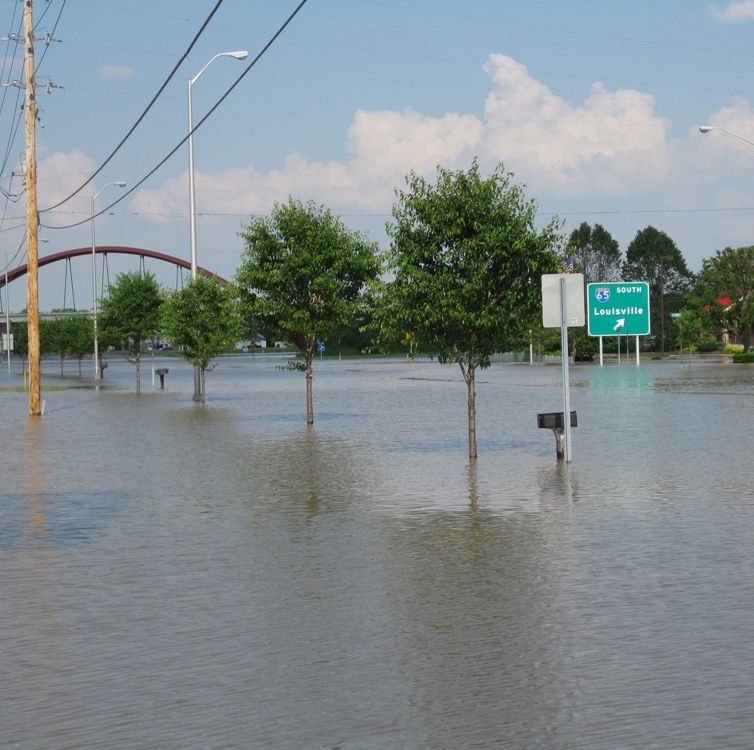A wide range of nonprofits, both faith-based and secular, provide the social assistance, food banks, shelters, community health clinics, and other services that make up each community’s social safety net. Many of these services become vital lifelines for residents impacted by natural disasters. However, even as climate change brings more extreme weather to Indiana, these organizations vary considerably in how much risk reduction they carry out to ensure they can accommodate the needs of the vulnerable populations they serve (seniors, low-income, children, individuals with disabilities, etc.) during and after weather emergencies.
Paul H. O’Neill School of Public and Environmental Affairs Professor Beth Gazley and doctoral student Rachel Cash surveyed Indiana social, health, and human services charities. Along with O’Neill School Professor Doug Noonan and IU Department of Earth and Atmospheric Sciences Associate Professor Ben Kravitz, they have explored the factors influencing risk reduction behaviors in nonprofit organizations responding to local disasters in the context of climate change. This data provides some general comparisons relevant to other states, especially to those in the Midwest.
This brief offers Indiana service providers, emergency planners, and policy makers place-based information about the extent to which these essential community resources are preparing for more extreme weather. The analysis offers a neutral, nonpartisan perspective on nonprofit disaster preparedness statewide.




